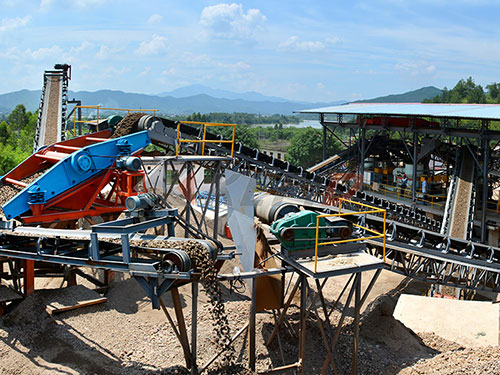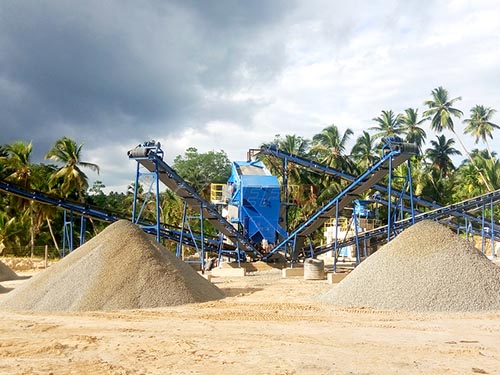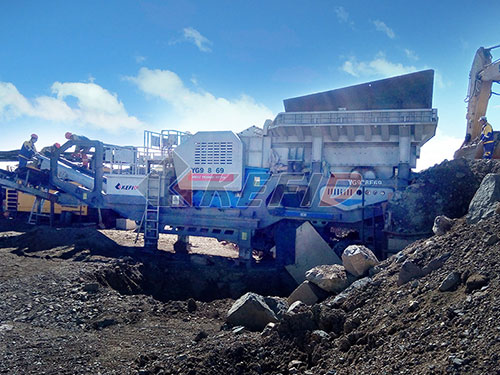Vibration Sensor In Plant Crushers
The Unsung Guardian: Vibration Sensors in Plant Crushers
Within the demanding environment of mineral processing, aggregate production, and recycling plants, crushers stand as the muscular heart of the operation. Subjected to immense forces, abrasive materials, and continuous heavy loads, these machines are inherently prone to wear, misalignment, and mechanical failure. Ensuring their reliable operation is paramount for productivity and profitability. Enter the critical, yet often overlooked component: the vibration sensor. This technology serves as an indispensable guardian, continuously monitoring crusher health and providing vital early warnings of impending problems.
Why Monitor Crusher Vibration?
Crushers generate vibration inherently due to their crushing action – rotating shafts, impacting hammers or jaws, and material flow. However, changes in the characteristics of this vibration (amplitude, frequency patterns) are powerful indicators of developing mechanical issues:
1. Bearing Degradation: Worn or failing bearings (roller element bearings common in crushers) produce distinct vibration signatures long before catastrophic failure. Sensors detect increasing vibration amplitudes at specific bearing defect frequencies.
2. Imbalance: Uneven wear on rotors (impactors/hammers), flywheels, or couplings creates imbalance forces. This manifests as elevated vibration primarily at the rotational speed frequency (1x RPM).
3. Misalignment: Shaft misalignment (parallel or angular) between the crusher drive motor and its input shaft generates high vibration at 1x RPM and often 2x RPM.

4. Mechanical Looseness: Loose foundation bolts, structural cracks, or loose bearing housings cause erratic vibration patterns across a broad frequency range.
5. Gear Mesh Issues: Problems with gear teeth (wear, chipping) in gear-driven crushers produce vibrations at the gear mesh frequency and its harmonics.
6. Rotor Issues: Cracked rotors or severe hammer/jaw wear can alter vibration patterns significantly.
7. Material Flow Problems: Blockages ("bridging"), uneven feed ("tramp metal"), or running empty can also cause measurable changes in vibration levels.
The Technology: Accelerometers Rule

The predominant sensor type for crusher monitoring is the piezoelectric accelerometer. These robust sensors convert mechanical acceleration (vibration) into an electrical signal proportional to the force experienced.
Mounting: Typically mounted directly onto critical bearing housings using threaded studs or robust magnetic bases for optimal signal transmission.
Placement: Key


